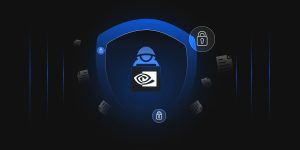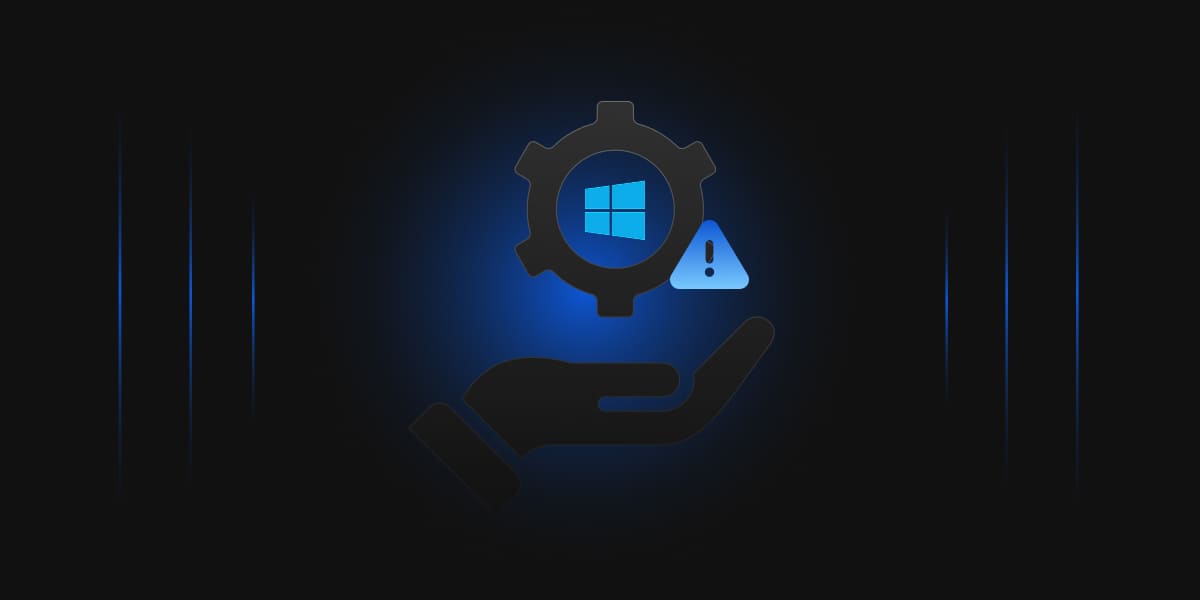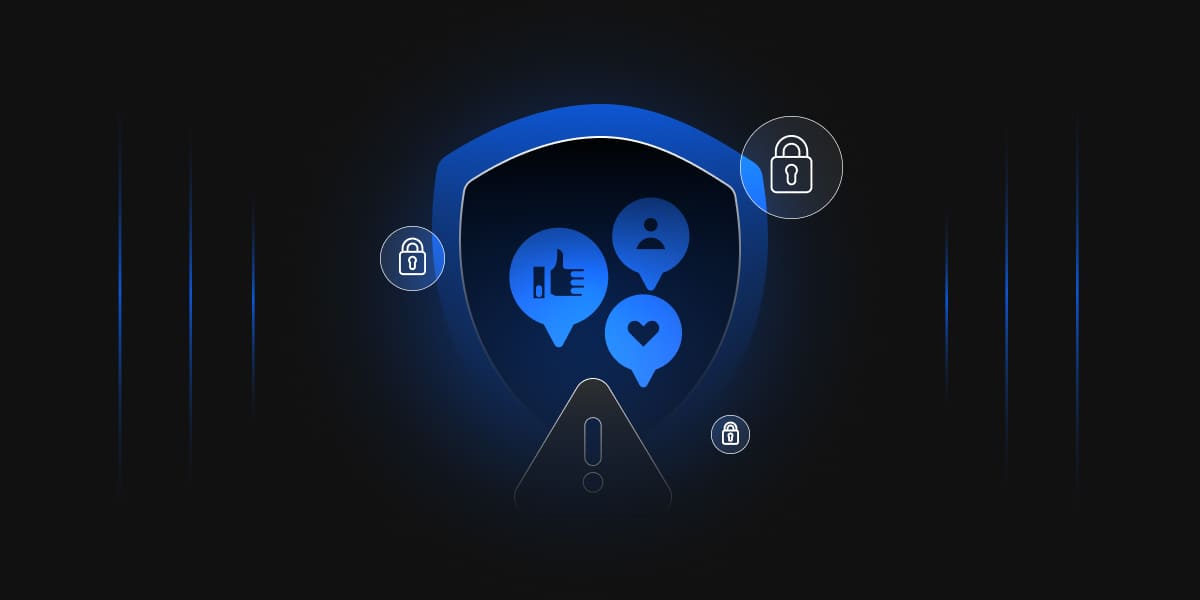In early 2021, it was reported that a ransomware group had stolen code signing certificates from NVIDIA, a leading graphics processing unit (GPU) manufacturer. Code signing certificates play a vital role in ensuring the legitimacy and reliability of software, and their theft can result in significant repercussions for both individuals and companies. In this article, we will explore what code-signing certificates are, how they are used, the risks associated with their theft, and what steps you can take to protect yourself.
“NVIDIA Code Signing Certificates Theft: A Wake-up Call for Robust Security Measures.”
The theft of code signing certificates from NVIDIA is a significant security breach that highlights the vulnerability of digital certificates and the importance of securing them. NVIDIA is a leading GPU manufacturer with a global customer base that relies on its software and products for various applications. With the theft of its code signing certificates, there is a risk that attackers could use them to distribute malware that appears to be from NVIDIA, which could have severe consequences for individuals and organizations. This incident underscores the need for robust security measures and the importance of implementing best practices to protect against cyber threats.
What are Code Signing Certificates?
Code signing certificates are digital certificates issued by trusted third-party certificate authorities (CAs) used to sign software. When a code signing certificate is used to sign software, it provides assurance that the software has not been tampered with or modified since it was signed and came from a trusted source.
Code signing certificates usually include the name of the software publisher, a timestamp, and a unique serial number. During the installation of software that has been signed with a code signing certificate, the user’s computer conducts an authenticity check by verifying the certificate’s digital signature against the certificate authority’s public key.
The Risks of Stolen Code Signing Certificates
The theft of code signing certificates can have serious consequences. With a stolen certificate, an attacker can sign their malware and make it appear legitimate. This can deceive both users and security software, allowing the attacker to obtain confidential data or take control of a victim’s system.
In the case of NVIDIA, the REvil ransomware group stole three code-signing certificates that were used to sign drivers for NVIDIA’s GPUs. While there is no evidence that the certificates have been misused yet, the theft could allow attackers to sign and distribute malware that appears to be from NVIDIA. This could have serious consequences for individuals and organizations that rely on NVIDIA’s Software.
How to Protect Yourself from Code Signing Certificate Theft
To protect yourself from the theft of code signing certificates, there are several steps you can take:
-
Keep Software Up to Date
It is a necessary step in protecting yourself from attacks. It is imperative to ensure that the latest versions of the software, which have been signed with code signing certificates and contain the latest security patches, are being utilized.
-
Verify Certificate Authenticity
When you are installing software, make sure to verify the authenticity of the code signing certificate. This can be done by checking the publisher’s name, the timestamp, and the unique serial number against the certificate authority’s public key. If any of these do not match, This might imply that the certificate has been tampered with or is invalid.
-
Use Multi-Factor Authentication
Multi-factor authentication adds an extra security layer to your accounts by requiring more than one authentication method. It will make it difficult for attackers to gain access to your accounts even if they have stolen your code signing certificate.
-
Protect Your Private Keys
Code signing certificates are only effective if the private key used to sign the software is kept secure. Make sure to protect your private keys with strong passwords, and consider storing them in a secure hardware device such as a smart card or USB token.
-
Monitor for Suspicious Activity
Regularly monitor your systems for suspicious activity, such as unexpected software installations or network traffic. This can help to identify potential attacks early and allow you to take action to mitigate the damage.
Conclusion
By proactively protecting yourself from the theft of code signing certificates, you can help mitigate the risks and keep your systems and data secure. While staying ahead of cyber threats can be challenging, taking these steps can significantly reduce your risk and give you peace of mind. As technology continues to advance, it’s essential to stay informed and adapt your security practices accordingly. Remember to stay vigilant and stay up to date with the latest security best practices to protect yourself from the ever-evolving threat of cyber-attacks.




